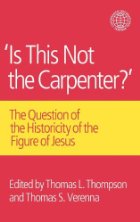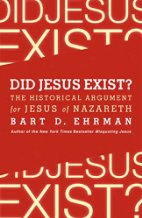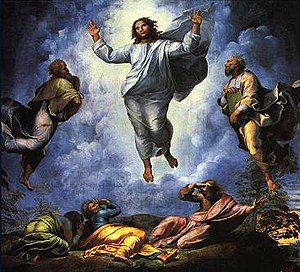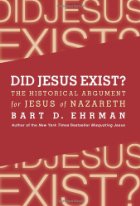
Emeritus Professor Philip Davies has not been able to “resist making a contribution to the recent spate of exchanges between scholars about the existence of Jesus” in an opinion piece titled Did Jesus Exist? on The Bible and Interpretation website. It is a question that he says “has always been lurking within New Testament scholarship generally”, though the occasion of his essay appears to be the recent set of exchanges over the views of Bart Ehrman, Maurice Casey and Thomas L. Thompson on that website along with some thoughts on the recently released ‘Is This Not the Carpenter?’.
(Since Davies was also announced as a member of The Jesus Process (c) (TJP), it is encouraging to see someone from that august body addressing the tactic of the gutter rhetoric that we have endured recently from other TJP members Joseph Hoffmann, Maurice Casey and Stephanie Fisher. It would be nice to hope that Davies’ article can mark a turn for the better from that quarter at least.)
Philip Davies is (in)famous for his 1992 publication In Search of ‘Ancient Israel’ (partly outlined on vridar.info) that is reputed to have brought “minimalist” arguments on the Old Testament to a wider scholarly (and public) awareness. In Did Jesus Exist? Davies says he has “often thought how a ‘minimalist’ approach might transfer to the New Testament, and in particular the ‘historical Jesus’”, and infers that the collection of articles in ‘Is This Not the Carpenter?’ is an appropriate way to open the question.
(I don’t think it is all that difficult to apply a “minimalist” approach to the New Testament: it’s a simple matter of approaching the data with the same logical validity and consistency — the avoidance of circularity [and circularity of method is confessed by several historical Jesus/NT scholars] in particular. The hard part is in acknowledging the circularity given our cultural conditioning.)
.
NT studies “not a normal case”, ad hominem rhetoric, and hope
He points out that what is uncontroversial in any other field of ancient history runs into trouble when suggested in the field of New Testament studies (my emphasis): Continue reading “Did Jesus exist for minimalist and Jesus Process member Philip Davies?”













